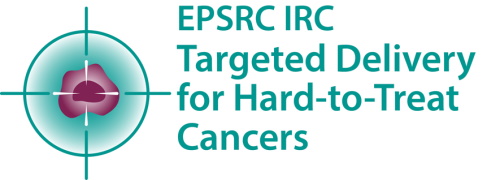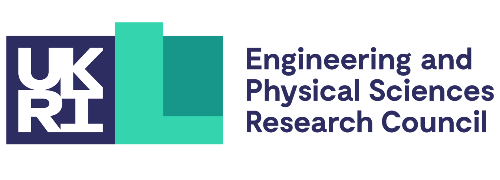
Submitted by L. Millard on Fri, 24/09/2021 - 13:44
The second in the monthly IRC blog series, Cancer in Sight, considers the benefits and challenges of taking a multi-disciplinary approach to the targeted delivery of drugs for hard-to-treat cancers.
This month’s blog, written by Amanda Fuller, IRC Programme Manager, brings focus to the strategically dynamic approach of the programme. Titled ‘Why a multi-disciplinary approach to targeted delivery brings benefits and challenge’ the blog describes the structure of the IRC and how that structure supports one of its key goals – to provide a model to expedite the transition of technologies from the laboratory to the clinic by supporting researchers to transcend the stepping-stones of translation.
While challenging and ambitious, the programme has “a very well-defined, valid purpose” and “comprises specialists from across a range of disciplines as well as clinicians who together provide a holistic approach to the development of transformative targeted drug delivery platform technologies that are challenge-driven and clinically relevant”.
As well as multi-disciplinary, the IRC research cohort is geographically dispersed and international with is structure rooted in the specialisms of the academic and clinical leads: “While this rich mix of expertise helps to progress the work of the IRC – understanding the translation path is where you get the benefits of bringing all the specialisms together under the one umbrella – it also brings challenges. It is well known that clinical translation is difficult but within the IRC we also face another ‘translation’ challenge; in short, we are trying to get engineers and chemists and chemical engineers to deliver something for a medical purpose. All parties need to be able to speak and understand the language of the other party.”
Read the full Cancer in Sight Blog by Amanda Fuller, IRC Programme Manager, here.


